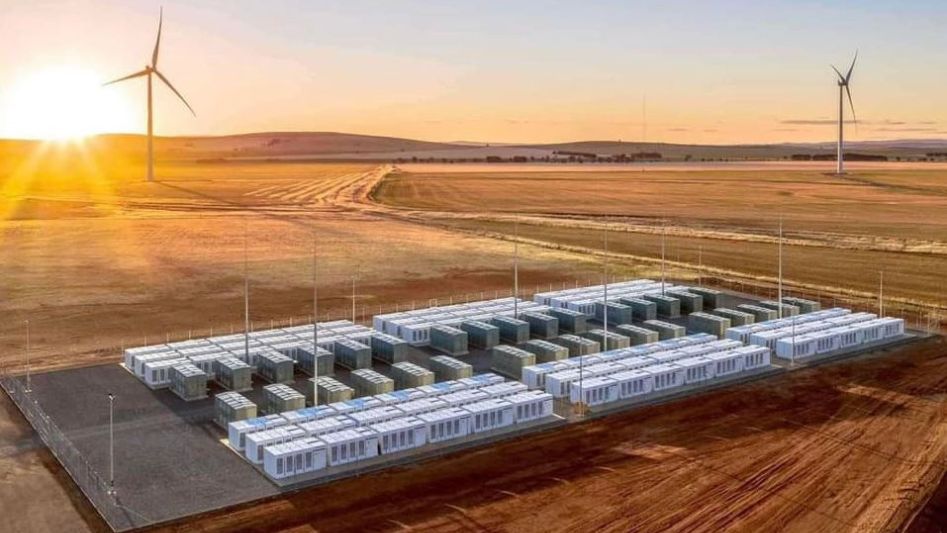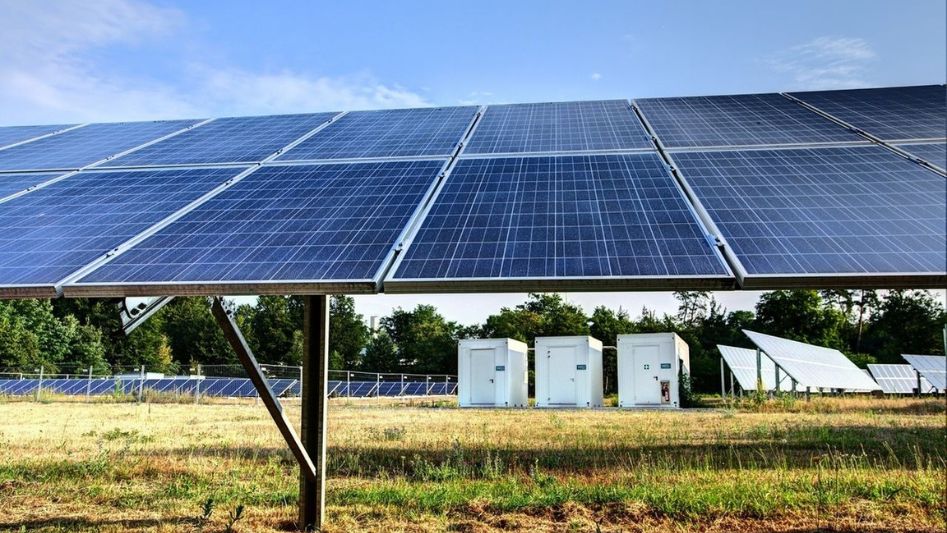Renewable Energy to Power First Lithium Mines of North America. The lithium mining company informed that 98 per cent of the power will come from hydroelectric sources
Table Of Content
Australian lithium is highly sought for use in electric vehicle batteries. The vast majority of the world’s lithium for these applications originates there. Now comes word that a large lithium mine in Australia is using solar and wind power in addition to batteries for greener, more decentralized mining operations.
Reportedly the biggest such off-grid power plant for a mining operation in Australia, the Kathleen Valley Lithium Project will provide a significant amount of spodumene concentrate to the battery sector while running almost entirely on renewable energy and batteries. The facility will be 95 MW in terms of electricity output (MW). This will be supplied by a combination of 17 MW/19 MWh of batteries and 30 MW from five 6-MW wind turbines. There are certain filthy energy sources in the off-grid power system that bring the total down to a lower number: 27 MW of fossil gas power capacity and 5 MW of backup diesel capacity.

However, the goal is for the power project to operate in “engine off” mode for the vast majority of the time, even if fossil fuel production is a part of it.
The mine was developed by Liontown Resources, and Zenith Energy will construct and provide the renewable energy for the project. As far back as 15 years ago, Liontown Resources apparently gave Zenith Energy the go-ahead to do this.
Ford signed an offtake agreement for the spodumene concentrate earlier this year for “up to 150,000 dry metric tons per annum for an initial term of 5 years from the commencement of commercial production.” However, the spodumene concentrate will be refined into lithium hydroxide at a third party’s facility before it is used in Ford EV batteries. For additional project funding, Ford granted a $300 million lending facility.
Lisa Drake, Ford’s vice president of EV industrialization, said, “Ford continues trying to source more deeply into the battery supply chain to accomplish our target of delivering more than 2 million EVs annually for our customers by 2026.” The company says, “This is one of many agreements we’re working on to assist us source raw materials to support our ambition to produce EVs for consumers throughout the globe and satisfy our environmental, social, and governance obligations.”
Besides these companies, the Kathleen Valley Lithium Project also has agreements with Tesla and LG Energy Solution (formerly LG Chem). The following is a breakdown of the yearly dry metric tons (DMT) that these three firms have committed to purchasing from the lithium mining operation.
- Ford — 150,000 DMT
- LG — 150,000 DMT
- Tesla — 100,000 DMT the first year, increasing to 150,000 the following years.

These offtake agreements cover almost 90% of the plant’s annual spodumene concentrate output (500,000 DMT), thus the project can go on.
More than 20 years of mining are anticipated at this site. In the third quarter of 2024, production of the spodumene concentrate is anticipated to commence.
With over 400 MW of generating capacity in Australia, Zenith Energy is well-equipped to create such a project; nonetheless, this represents a significant expansion of the scope of Zenith Energy’s current operations. Zenith Energy Managing Director Hamish Moffat stated, “Zenith Energy is happy to continue to play a pioneering role in the energy transition and to offer our partners a glide route to net zero.” Additionally, Zenith Energy has just acquired Peel Renewable Energy, making it the owner of the Peel Renewable Microgrid in Western Australia. Peel Business Park in Western Australia is supplied with electricity through this microgrid.
Conclusion
More than 400 MW of Zenith Energy’s installed capacity may be found in Western Australia and the Northern Territory, where the company specializes in off-grid hybrid power production for individual customers. Peel Renewable Energy, Western Australia’s (WA) first renewable industrial microgrid, which provides electricity to the Peel Business Park south of Perth, was revealed as its first non-resources asset acquisition last week.

FAQs
Where is the new lithium mine?
France is getting ready to establish a lithium mine with an annual production capacity of 700,000 batteries for EVs. Unveiled by French minerals firm Imerys today, the enormous mining project will use the already established Beauvoir kaolin quarry in Central France.
Where is all the lithium going to come from?
If you need lithium, where can you get some? Lithium deposits in Chile are the greatest in the world at 8 million tons. This makes the South American nation more productive than Australia (2.7 million tons), Argentina (2 million tons), and China (1 billion tons)merican nation more productive than Australia (2.7 million tons), Argentina (2 million tons), and China (1 billion tons). Portugal has a lower concentration of the precious metal than other European countries.
Where is Tesla getting its lithium?
To make its batteries, Tesla sources lithium directly from mines. The lithium-spodumene concentrate is supplied by Core and Liontown Resources, both of which are Australian mining firms, in the spring of 2022. Additionally, Tesla buys lithium hydroxide from Ganfeng.
You May Also Like
- WHAT’S BEHIND LITHIUM MINING? HERE’S ALL YOU NEED TO KNOW
- CAN THIS METAL DO BETTER THAN LITHIUM BATTERIES?
- WHAT IS LITHIUM USED FOR IN RENEWABLE ENERGY?
- WILL LITHIUM FINALLY HELP ARGENTINA TO TAKE OFF?
- WHY GENERATION IV IS THE FUTURE OF NUCLEAR POWER?
External Links
- Australian lithium mine to be powered by biggest off-grid solar, wind and battery plant
- High demand and prices for lithium send mines into overdrive
- France’s massive new lithium mine could supply 700,000 electric car batteries a year
- Renewable Energy to Power First Lithium Mines of North America
- Western Australian mines to be powered with solar, wind and batteries
